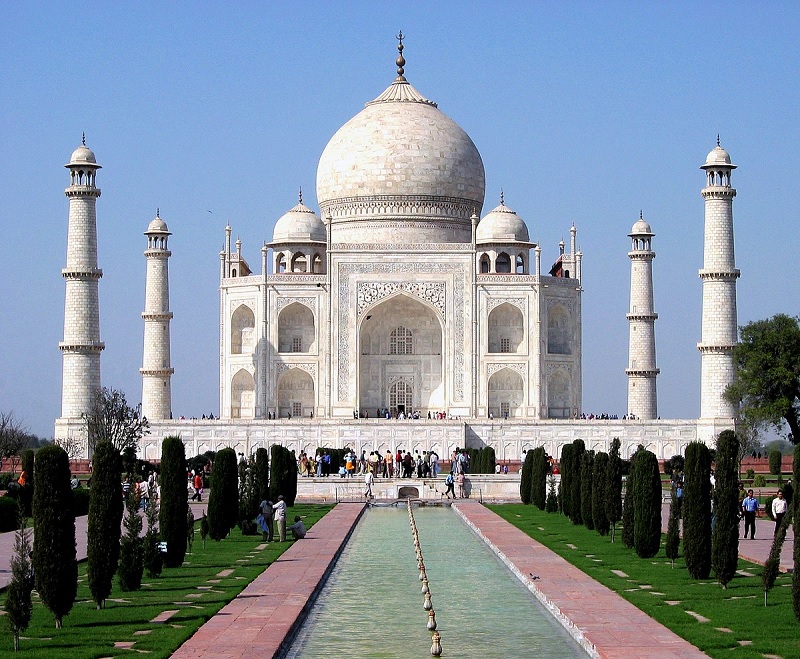World-popular historic landmarks and sites have captivated the imagination of travelers and history enthusiasts for generations. These iconic destinations stand as testaments to human ingenuity, cultural richness, and also the passage of time. From architectural marvels to ancient ruins, each landmark tells a unique story that has shaped the course of civilizations.

Popular Historic Landmarks and Sites
Historical monuments and sites are physical locations that hold significant cultural, historical, or architectural importance. These places often have historical events, cultural heritage, or architectural features that have played a role in shaping a region’s identity or the course of human history.
On the other hand, they serve as tangible connections to the past, preserving and commemorating the achievements, struggles, and evolution of societies. While also attracting visitors who seek to learn from and also appreciate their historical significance.
Mesir and Rome
The Great Pyramids of Giza in Egypt stand tall as a symbol of ancient Egypt’s grandeur. Built over 4,500 years ago, these colossal structures served as tombs for pharaohs and hold mysteries that continue to intrigue researchers and visitors alike.
In Rome, the Colosseum, an amphitheater that once hosted gladiatorial contests, is an awe-inspiring example of Roman engineering.
India and China
Then, the Taj Mahal in India is a sublime monument to love. This ivory-white marble mausoleum was built by Emperor Shah Jahan in memory of his beloved wife. Its stunning symmetry and intricate details make it one of the most recognizable landmarks in the world.
It is also a historic landmarks and sites. Meanwhile, the Great Wall of China, spanning over 13,000 miles, stands as a testament to China’s historical efforts to protect its borders.
Athena and South America
The Acropolis of Athens, perched atop a hill, houses iconic structures such as the Parthenon, symbolizing ancient Greek civilization’s cultural and artistic achievements. In South America, Machu Picchu, a hidden Incan citadel nestled amidst the Andes mountains, offers breathtaking vistas and insights into the sophisticated engineering prowess of the Inca people.
Europe
Europe boasts the historic city of Venice, renowned for its intricate network of canals and stunning architecture. The Palace of Versailles near Paris exemplifies opulent French royalty, showcasing the zenith of Baroque design. In the United Kingdom, Stonehenge’s prehistoric standing stones continue to intrigue, their purpose remaining a subject of debate.
America
Moving to the Americas, the Statue of Liberty stands as a universal symbol of freedom and democracy. It is also a historic landmarks and sites. Gazing out over New York Harbor, it welcomed millions of immigrants to the United States. Meanwhile, in the Middle East, Petra’s rose-red rock-cut architecture mesmerizes visitors as they explore this ancient Nabatean city hidden within the Jordanian desert.
Africa and Japan
Africa’s historic landmarks include the Sphinx of Giza, an enigmatic creature guarding the pyramids, and the city of Timbuktu in Mali, a center of learning and trade in the medieval world. Moreover, Japan’s Kyoto boasts exquisite temples. Such as the Golden Pavilion, which reflects the country’s rich cultural heritage.
Australia
Finally, Australia’s Sydney Opera House, with its distinctive sail-like design, is an icon of modern architecture. Constructed in the mid-20th century, it has become a symbol of Sydney and also the nation itself.
These world-popular historic landmarks and sites span the globe, embodying human achievement, cultural diversity, and the legacy of bygone eras. That way, they serve as reminders of the intricate tapestry of history, inspiring wonder and also fostering an appreciation for the remarkable feats that humans have accomplished throughout time.

